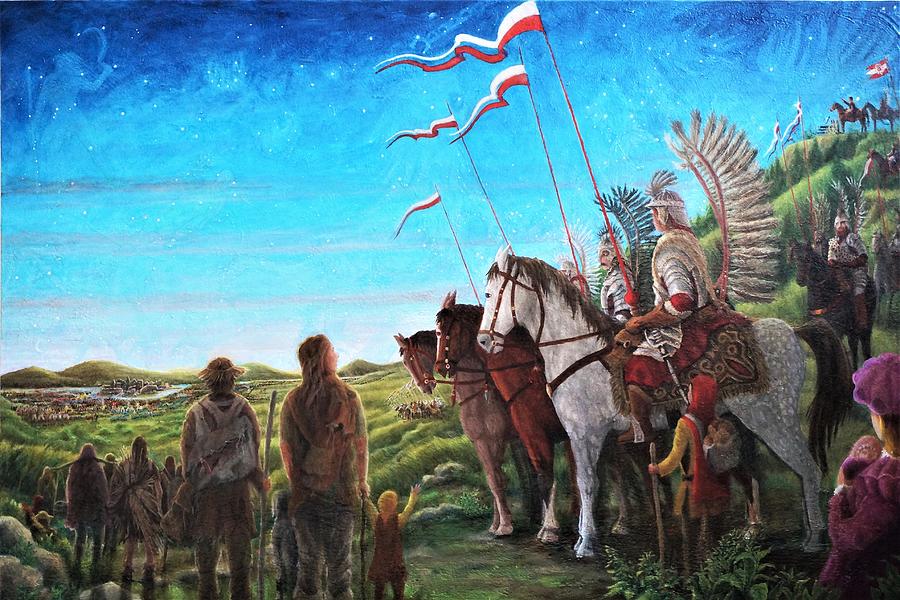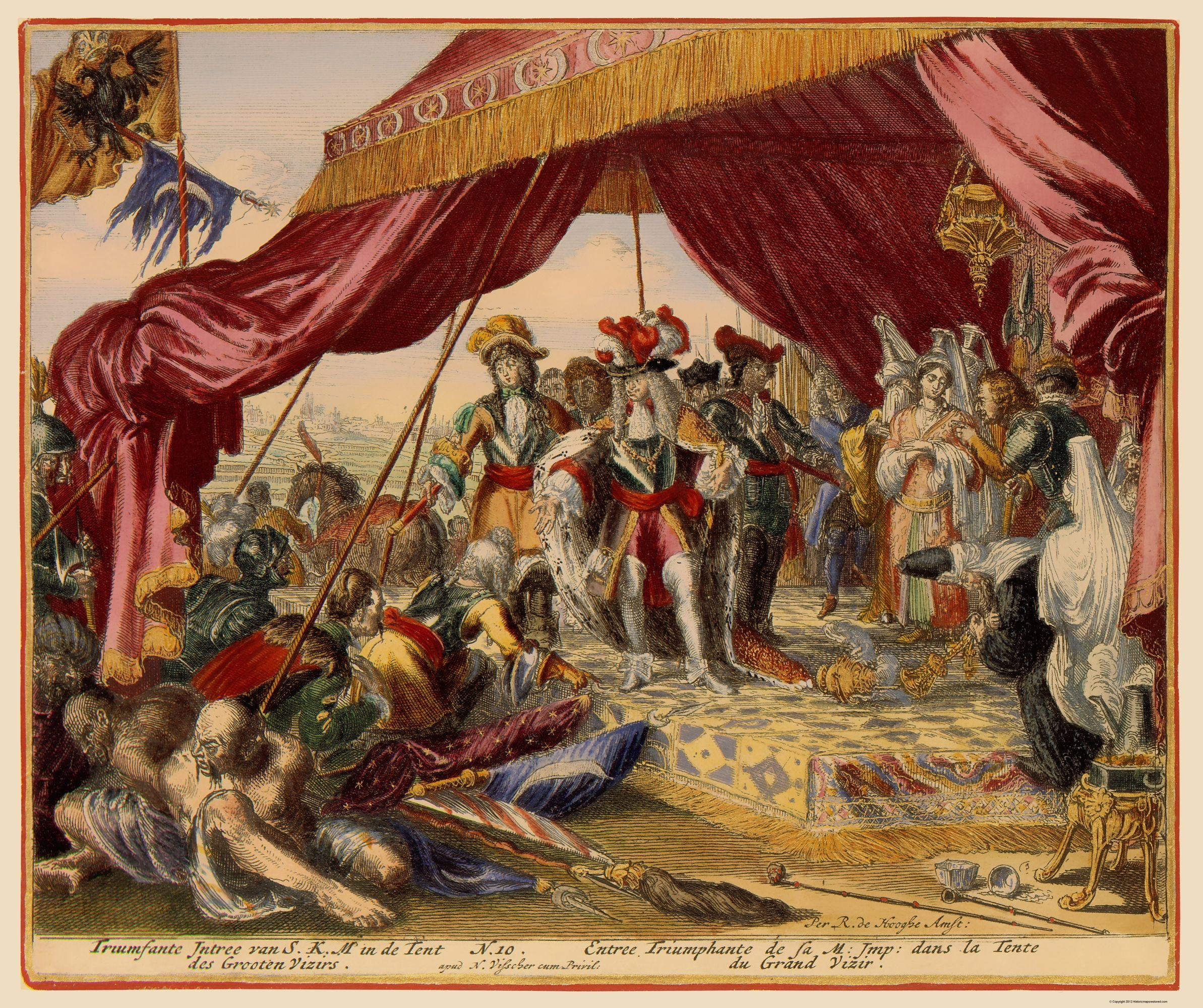

Sobieski in front of Vienna, undated, oil on canvas, 228 x 448 cm, Belvedere, Wien, Inv.-Nr. (Johann Nepomuk Höchle, Emperor Leopold I. Historians consider it the major turning point in the long conflict between the two powerful factions, one that saw the Ottomans eventually beaten back to their more traditional borders. The end of the siege marked the beginning of the end for Ottoman incursions and rule in Europe. Remarkably, the fortifications and the Viennese held firm long enough for a relief army to arrive in early September, led by the Polish king, Jan Sobieski.įorces from the Polish-Lithuanian commonwealth, various states within the Holy Roman Empire, and Habsburg territories defeated the Ottoman army comprehensively. Leopold’s departure hardly counted as a ringing endorsement of Vienna’s defensive prospects things looked grim for the city. The Habsburg emperor of the time (Leopold I) had already left town with a hastily-assembled overnight bag and an urgent appointment somewhere with fewer people likely to point sharp objects at him.

To cut a long story short, Grand Vizier Kara Mustafa Pasha laid siege to the city on July 14th, 1683, with an army that far outnumbered the defenders. 111017/5 excerpt reproduced with permission under the terms of the CC0 licence)
SIEGE OF VIENNA SERIES
5 in a series from 1683–1684, Wien Museum Inv.-Nr.

(The battle at the Burg bastion by Romeyn de Hooghe (Artist), Nicolaes Visscher (II.) (publisher) Nr. After a less than stellar first few decades in the 1600s, they found themselves on the up again in the 1680s.Īnd so the Ottomans sought to succeed where Suleiman failed and set off to capture Vienna: a true jewel of the continent and a vital strategic and trade asset. Like most empires, the Ottomans went through peaks and troughs of size, power and influence. Suleiman failed to breach the defences and, with winter coming, called it quits and returned home.īut the second siege of Vienna interests us more, being a rather pivotal event in European and Viennese history. The Ottomans, centered in modern-day Turkey, conquered large chunks of southeastern Europe during that time, including various Habsburg dominions.įor example, Suleiman the Magnificent’s military endeavours saw the Ottoman empire expand to include much of today’s Hungary and took him right to the city limits of Vienna in 1529 (the first Siege of Vienna). One of the great disputes in European history was the war between the Habsburgs and the Ottoman empire, an on-off conflict that began in the early 16th century and lasted almost 300 years.
SIEGE OF VIENNA LICENSE
Reproduced with permission under the terms of Creative Commons License CC BY-SA 4.0.

2731 Photo courtesy of and © Belvedere, Wien. The Battle of Vienna on the 12 th September 1683 did not only mark the end of the second Turkish siege of Vienna, but the defeat was also the beginning of the end of Ottoman supremacy in Europe.(Karl von Blaas, The Defence of Vienna against the Turks 1683, from around 1685, oil on canvas, 65 x 48 cm, Belvedere, Wien, Inv.-Nr. However, after the first Turkish siege of Vienna, the city of Vienna had been forewarned and in 1548, the city walls, which had been built using the ransom money for Richard the Lionheart in 1194, were extended and modified.īy 1609, Vienna was fortified as below: Wien 1609 – Gemeinfrei/Wikimedia Commons Vienna was the crossroads of two important trade routes – via the Danube and the Amber Road – and was seen by the Ottomans as a “gate to Western Europe”. View of Leopoldsberg © Schaub-Walzer / PIDįrom a strategic viewpoint, Vienna was very important for the expansion of the Ottoman Empire. The Battle of ViennaĪn army commanded by Poland’s King John III Sobieski and made up of Austrians, Poles, Bavarians, and Saxons – for the first time, troops from the Holy Roman Empire had joined forces with those from Poland-Lithuania – forced the Ottoman army under Grand Vizier Kara Mustafa Pascha to retreat in the Battle of Vienna, which took place on Kahlenberg. Under the city commander Ernst Rüdiger von Starhemberg, the city was defended against a 120,000-man strong besieging army for two months. As with the first siege in 1529, this too was unsuccessful and Vienna could not be captured.Īt this time, Vienna was the royal seat of the Holy Roman Emperor. In 1683, the Ottomans laid siege to Vienna for 61 days, in what was known as the second Turkish siege of Vienna.


 0 kommentar(er)
0 kommentar(er)
